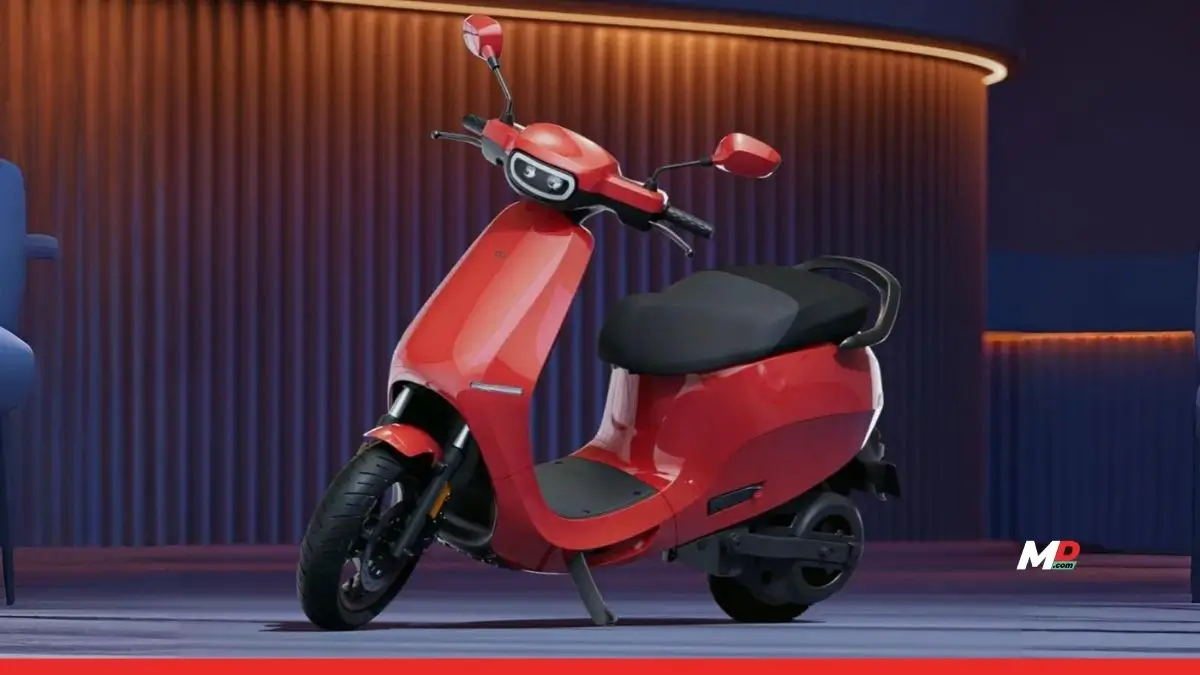Published
7 months agoon
By
Ann Uruvath
India’s electric two-wheeler (E2W) segment—once the bright beacon of sustainable transportation—is now experiencing a pivotal moment. As Ola Electric slips to third place in market share, losing ground to TVS Motor and Bajaj Auto, the sector finds itself in the middle of a transformation shaped not only by changing consumer sentiment and competitive dynamics but also by policy recalibration and internal operational lapses.
In May 2025, Ola Electric, once the clear frontrunner, saw its market share fall dramatically to just 20%—a sharp plunge from the dominant 50%-plus it enjoyed merely a year ago. Vehicle registrations for the company plummeted nearly 60% year-on-year for the month, a signal that the sheen of market leadership may be wearing thin. But is this decline purely a result of intensified competition, or are deeper, systemic issues at play?
TVS Motor and Bajaj Auto—heritage players with decades of operational expertise—have reasserted themselves in the electric space. With market shares of 25% and 22.6% respectively in May, they’ve leveraged existing networks, streamlined logistics, and reliable after-sales service to gain ground. While their own registration volumes dipped slightly, they have sustained higher relative confidence from both consumers and dealers.
Their strategies contrast starkly with Ola’s digital-first, high-burn model that initially disrupted the space but is now showing cracks. Unlike Ola, these incumbents have avoided aggressive flash sales and instead built on reliability, distribution, and measured growth. Their vehicles, backed by trusted brand equity, continue to dominate Tier 2 and Tier 3 markets—areas where Ola still struggles to build a meaningful retail presence.
Ola Electric’s decline isn’t simply a result of rivals upping their game. Operational missteps, regulatory run-ins, and consumer dissatisfaction are converging into a perfect storm.
One of the more damaging developments came in February when discrepancies surfaced between Ola’s reported sales and government registration data. The company claimed to have sold 25,000 vehicles that month, but Vahan data recorded only 8,652 registrations. Even if this was a result of contract renegotiations with registration partners, the optics damaged investor and public confidence.
Further, ongoing probes from the Ministry of Heavy Industries and the Central Consumer Protection Authority, triggered by allegations of misleading advertising and consumer rights violations, have only added pressure. Regulatory headwinds come at a time when Ola’s financials are already under strain. Its net loss widened 50% year-on-year in Q3 FY25 to ₹564 crore, while revenues dropped 19%.
The company’s ambitious plans to manufacture lithium-ion cells in-house via Ola Cell Technologies have also come under scrutiny. Though ₹1,227 crore was allocated for expanding its gigafactory, not a rupee has been deployed toward this goal as of May, according to monitoring agency ICRA. This raises questions about execution capability and capital efficiency, both critical in a capital-intensive industry like electric mobility.
Despite these setbacks, Ola Electric is not without assets. Its S1 and S1X series still attract urban buyers with their tech-forward approach and OTA updates. Its direct-to-consumer model, if operationally tightened, still offers a unique channel advantage. And with recent product launches like the Roadster X and an expanded scooter lineup, the company is trying to keep innovation at the heart of its strategy.
But intentions are not enough. What Ola needs now is operational maturity, consistent execution, and cultural evolution—from a hyper-growth startup to a disciplined manufacturer. CEO Bhavish Aggarwal’s statement that Ola would achieve breakeven with 50,000 monthly units now seems distant, especially as May volumes stood at just over 15,000 units. A reality check is underway.
Meanwhile, the board’s recent approval to raise ₹1,700 crore through non-convertible debentures signals that Ola is in urgent need of working capital to stabilize operations. Yet without restoring consumer confidence and regulatory credibility, even fresh capital may not suffice to rebuild momentum.
Beyond company-specific dynamics, the broader EV slowdown also deserves attention. India’s E2W market witnessed a steep 36% fall in April 2025 from March highs. The year-end push in March, driven by subsidy deadlines and inventory clearances, was followed by a natural lull exacerbated by inflationary caution and unclear government signals about FAME-II subsidy extensions.
This policy vacuum has disproportionately impacted cost-sensitive segments like electric two-wheelers. With penetration slipping to 8.6% in March 2025 (from 9.1% a year earlier), the momentum built over the past two years is now tapering. In this environment, brands like Ather Energy and Kinetic Green are showing resilience by focusing on differentiated product portfolios and market-specific strategies.
But to truly sustain growth, India’s EV roadmap needs a renewed policy thrust. It must include targeted incentives, transparent data mandates, and better financing options for consumers. OEMs will also have to focus on robust after-sales service, charging infrastructure, and dealer education, not just on flashy product launches.
Ola Electric’s recent troubles are a reminder that disrupting a market is easier than sustaining leadership. As India’s EV journey enters a new chapter, the sector will be defined less by blitzkrieg sales tactics and more by operational depth, regulatory alignment, and long-term product trust.
For Ola, the path forward lies in embracing this maturity. It will have to invest in foundational elements—manufacturing scale, compliance, service reliability, and ethical governance. Market leadership isn’t just about sales numbers; it’s about resilience, integrity, and delivering on promises.
India’s EV market is still young, and its future remains bright. But the recent shakeup shows that only those who blend innovation with stability will ride the wave ahead. The time for growth at any cost is over. The age of sustainable leadership has begun.


Justdial releases ‘How India Searched in 2025’ report, Decoding India’s evolving consumer behaviour


From Intention to Action: Health Priorities in a High-AQI, High-Pressure Environment


The Future of Air: How 2026 Could Transform India’s Urban Breathability


Building a BRIDGE: The NTT Global Data Centers way


3 movies that make for the perfect cinematic countdown to NYE


Indian economy officially becomes fourth-largest in the world, but are we really rich?

